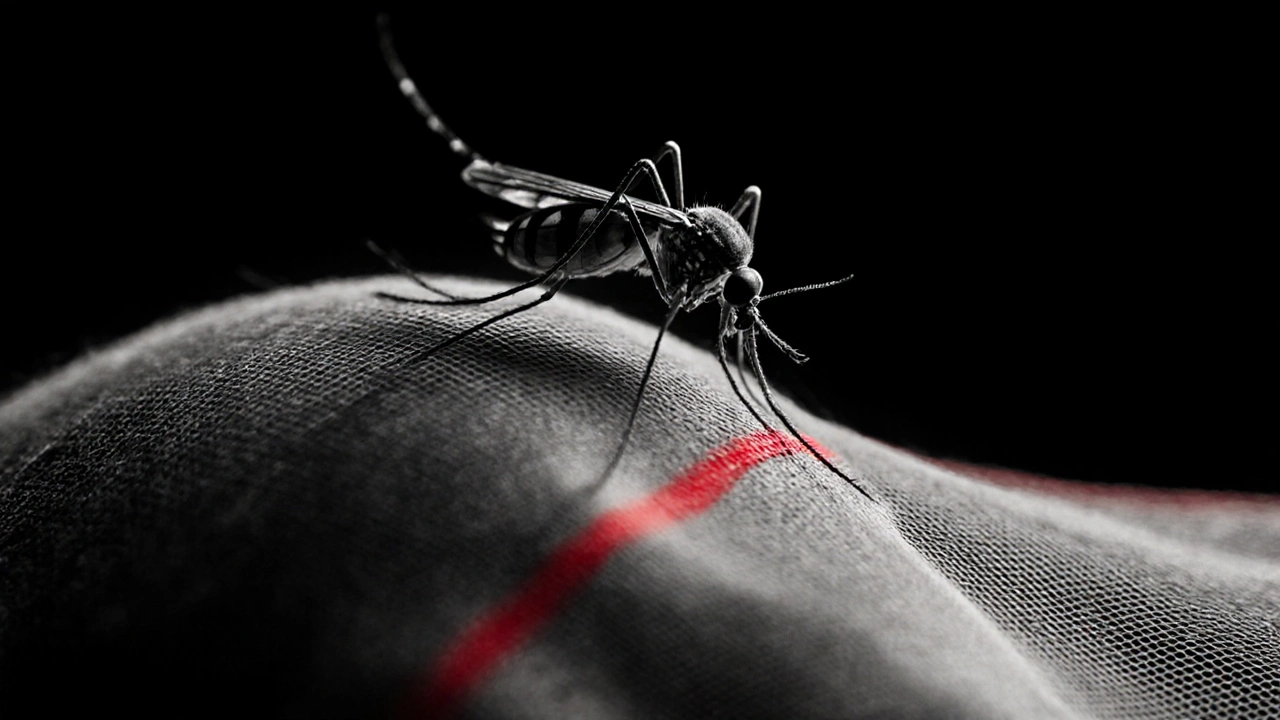Malaria Control: Strategies, Tools, and the Latest Insights
When working with Malaria control, the coordinated effort to prevent, diagnose, and treat malaria while cutting mosquito transmission. Also known as malaria management, it blends public health policies, community actions, and scientific advances to keep infection rates down. Malaria control isn’t a single trick; it’s a web of actions that together push the disease toward extinction.
One of the core pillars is antimalarial medication, drugs used to treat active infections and prevent new ones. Choices range from classic chloroquine to modern artemisinin‑based combination therapies (ACTs). The right drug depends on local resistance patterns, patient age, and pregnancy status. As a rule, effective malaria control requires the right antimalarial medication at the right dose, making drug surveillance a must‑have tool for health ministries.
Equally important are insecticide‑treated nets, bed nets infused with long‑lasting insecticide that protect sleepers from mosquito bites. Studies show they cut child malaria cases by up to 50 %. By creating a physical barrier and killing or repelling mosquitoes, these nets directly support malaria control by reducing exposure during the night when the most dangerous vectors bite.
Beyond nets, vector control, methods that target mosquito populations rounds out the toolbox. Indoor residual spraying (IRS), larval source management, and the use of spatial repellents all shrink mosquito numbers. In practice, malaria control encompasses vector control tactics, and each tactic feeds data back into resistance monitoring programs.
Resistance isn’t just a buzzword; it reshapes every decision. When Plasmodium parasites develop resistance to artemisinin, the efficacy of ACTs drops, forcing clinicians to switch to second‑line drugs. Likewise, mosquito resistance to pyrethroids undermines net effectiveness. That’s why rapid diagnostic tests (RDTs) and molecular surveillance are the eyes and ears of any malaria control campaign – they enable quick adjustments to drug policies and insecticide choices.
New tools are on the horizon. The RTS,S/AS01 vaccine, approved in several African countries, adds a preventive layer that works best when combined with nets and drugs. Seasonal malaria chemoprevention (SMC) delivers monthly antimalarial doses to children during peak transmission months, proving that timed drug delivery can dramatically lower case numbers. Both innovations illustrate how malaria control requires a mix of biomedical and environmental strategies.
Putting It All Together: What You’ll Find Below
The articles that follow dive deeper into each component mentioned here. You’ll read about drug comparison studies, real‑world net distribution programs, and how resistance data shape national policies. Whether you’re a health worker, a policy maker, or just curious about how the world battles this ancient foe, the collection gives you practical insights you can act on today. Let’s explore the full range of resources that make modern malaria control possible.
How Insecticides Fight Malaria: IRS, Nets & Resistance Explained
Explore how insecticides-through indoor spraying and treated nets-cut malaria transmission, the rise of resistance, safety concerns, and future tools for sustainable control.
View More
